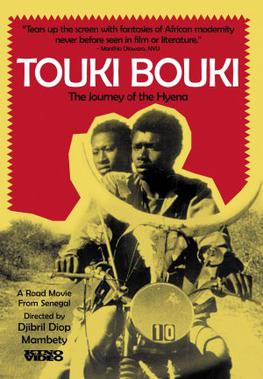A blog formerly known as Bookishness / By Charles Matthews
"Dazzled by so many and such marvelous inventions, the people of Macondo ... became indignant over the living images that the prosperous merchant Bruno Crespi projected in the theater with the lion-head ticket windows, for a character who had died and was buried in one film and for whose misfortune tears had been shed would reappear alive and transformed into an Arab in the next one. The audience, who had paid two cents apiece to share the difficulties of the actors, would not tolerate that outlandish fraud and they broke up the seats. The mayor, at the urging of Bruno Crespi, explained in a proclamation that the cinema was a machine of illusions that did not merit the emotional outbursts of the audience. With that discouraging explanation many ... decided not to return to the movies, considering that they already had too many troubles of their own to weep over the acted-out misfortunes of imaginary beings."--Gabriel García Márquez, One Hundred Years of Solitude
Wednesday, September 21, 2016
Touki Bouki (Djibril Diop Mambéty, 1973)
Djibril Diop Mambéty once reinterpreted the old cliché about the relationship between movies and dreams by saying, "Cinema is magic in the service of dreams." Touki Bouki is certainly dreamlike, with its jump cuts and flashbacks, its almost hallucinatory saturated colors -- the recently restored version makes the most of Georges Bracher's cinematography -- and its scenes that challenge us to decide whether they represent reality or the characters' fantasies. It was made "the way I dream," Mambéty said. It begins with a nightmare shock: We see a herd of long-horned cattle, filmed with a long lens, approaching us, being guided by a young boy -- a literally bucolic moment. But suddenly the film cuts to a scene of a cow being forced to enter a slaughterhouse, and soon we are inside the abattoir, watching as cattle are being killed, our eyes assaulted by the vivid red of the spurting blood and the filthy, blood-soaked killing floor. It's a horrifying moment, but a real one, and the film, I think, never quite recovers from it. Then we meet the protagonist, a young man called Mory (Magaye Niang). who rides a motorbike with a cow's skull affixed to its handlebars. Mory and his girlfriend, Anta (Mareme Niang), have dreams of escaping their life in the slums on the fringes of Dakar, Senegal, and starting a new one in Paris. On the soundtrack we hear Josephine Baker's song "Paris, Paris, Paris," which becomes a motif in the film, just as later the French soprano Mado Robin's recording of a song about lost love, "Plaisir d'Amour," also recurs. The film then follows Mory and Anta as they explore various ways of getting the money for their trip, some of which are more fantastic than others. When they finally board the ship, however, Mory has a change of heart and runs away, leaving Anta to make the journey on her own. The basic narrative, then, is about the postcolonial dissonance of cultures, and the film is loaded with symbolic motifs like the slaughtered cattle and the skull on Mory's motorbike -- he finds the skull shattered and the bike ruined at the end. But Mambéty's use of the dreamlike elements of montage and camerawork lifts the film above any simplistic symbolic or allegorical treatment of the theme. There are moments in the film that defy literal-minded interpretation: The movie becomes a dream about dreamers.
Subscribe to:
Posts (Atom)
